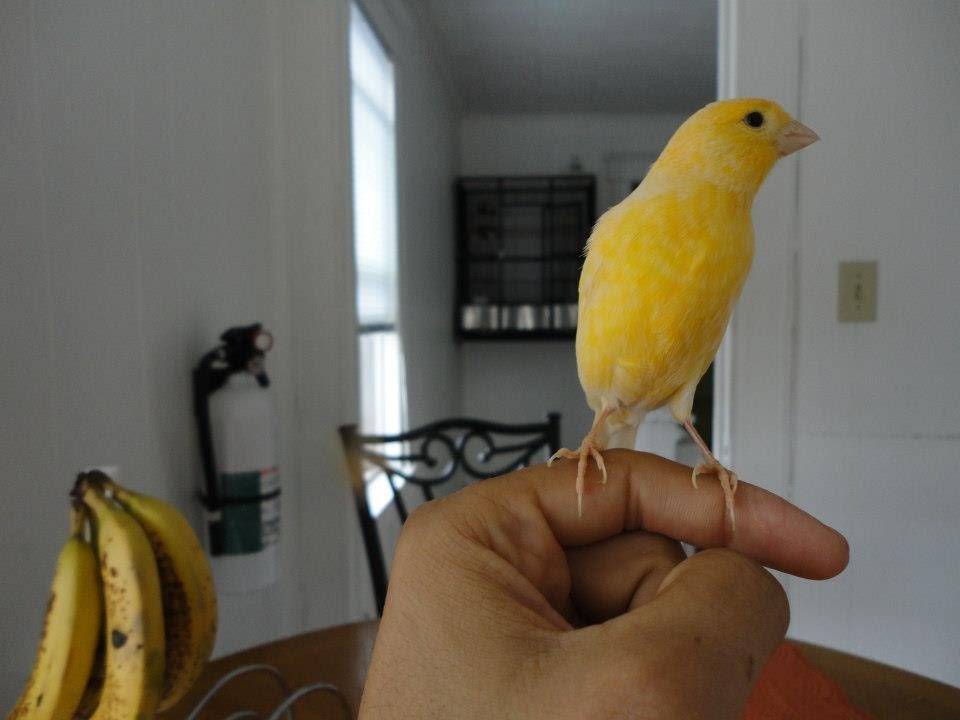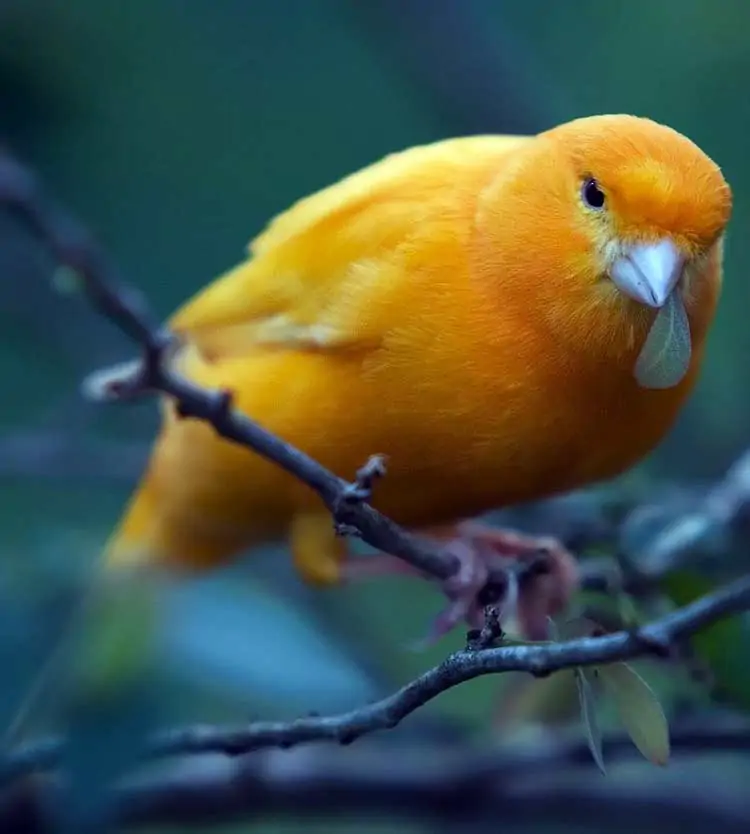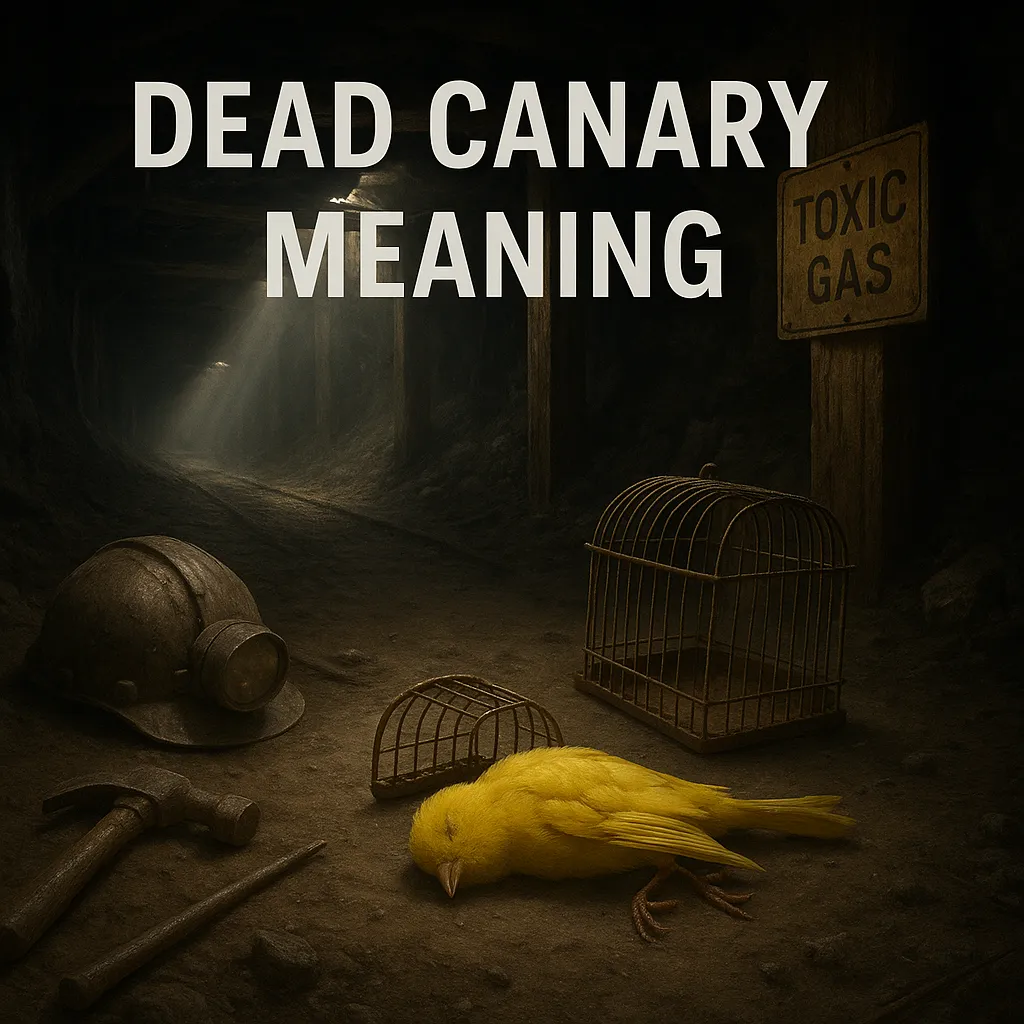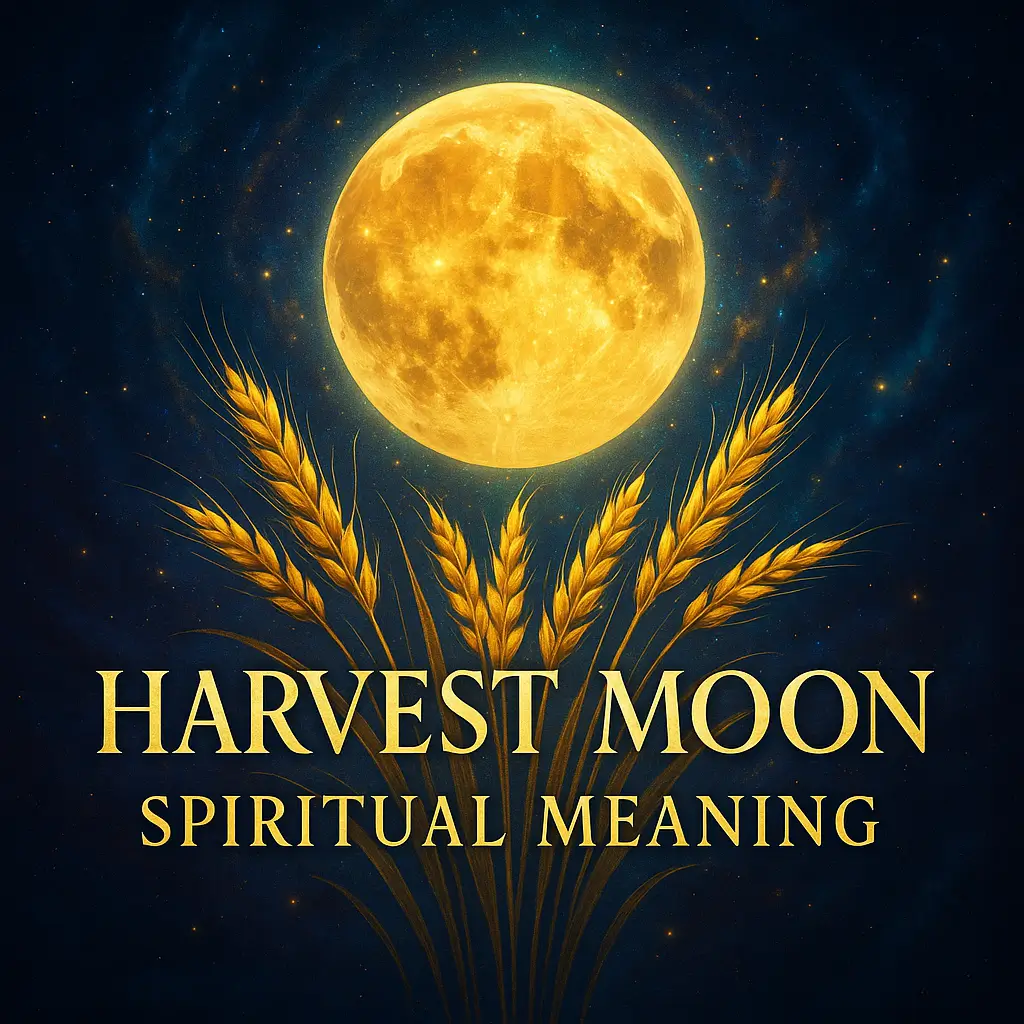In the quiet corner of a miner’s lamp light, few images carry the haunting power of a once-vibrant canary lying motionless in its cage. This seemingly simple sight—a dead canary—transcends its physical reality to become a profound spiritual messenger across time and cultures. The dead canary’s meaning spans from literal warning system in coal mines to metaphysical harbinger in our spiritual journeys. When we encounter this potent symbol, whether physically or symbolically, we’re being invited to pause and listen to whispers from beyond ordinary perception.
The canary in a coal mine meaning origin connects us to generations of workers who relied on these sensitive creatures for survival, while in modern contexts, their symbolism speaks to our innermost sensitivities and unvoiced truths. As we explore the dead bird omen of the canary, we discover not just warnings, but transformative wisdom that can bring light to our darkest tunnels.
Table of Contents
- 1 Key Takeaways
- 2 The Historical Context: Canaries as Messengers of Danger
- 3 What Does a Dead Canary Symbolize Spiritually?
- 4 Dead Canary Symbolism Across Cultural Traditions
- 5 The Dead Canary in Dreams and Visions
- 6 Literary and Artistic Symbolism
- 7 The Dead Canary as a Modern Metaphor
- 8 What Should You Do If You Find a Dead Canary?
- 9 Common Myths and Misconceptions
- 10 YouTube Video
- 11 FAQ
- 11.1 What is the dead canary meaning in urban dictionary?
- 11.2 What does dead canary meaning slang refer to?
- 11.3 What is the canary in a coal mine meaning origin?
- 11.4 What would be a canary in the coal mine example?
- 11.5 What does it mean to be a canary in a coal mine?
- 11.6 What is the canary in a cage meaning?
- 11.7 Is there significance to the canary in a coal mine song?
- 11.8 What do the canary in a coal mine lyrics teach us?
- 12 Sources
Key Takeaways
- The dead canary symbolizes both environmental warnings and spiritual messages about unheeded intuition and silenced expression.
- Across cultures, the canary’s death represents a sacred transition between realms and can serve as a divine messenger for personal transformation.
- Dreams featuring dead canaries typically indicate suppressed emotions, creative blocks, or unacknowledged warnings in your waking life.
- The canary’s historical role in mining safety has evolved into a powerful metaphor for identifying and honoring your own heightened sensitivities as spiritual gifts.
- When you encounter this symbol, it invites specific spiritual practices to honor both the warning and the creative rebirth that follows heeding such messages.
The Historical Context: Canaries as Messengers of Danger
The phrase “canary in a coal mine” originated in the late 19th century when miners first recognized these small yellow birds could save lives through their heightened sensitivity. Coal miners would carry canaries into the depths of mines, where these birds would serve as living gas detectors. The canary in a coal mine origin marks a fascinating intersection of practical necessity and what would become profound symbolism.
The science behind this practice was straightforward yet ingenious. Canaries possess extraordinarily sensitive respiratory systems that react quickly to carbon monoxide, methane, and other toxic gases. When dangerous levels were present, the canary would show distress, stop singing, sway on its perch, or ultimately fall silent in death—providing miners with precious minutes to evacuate before being overcome themselves.
This life-saving practice continued until the 1980s in some regions, creating a powerful cultural bird symbolism that transcended its practical origins. The dead canary became an archetype for early warning systems of all kinds—a living being whose sacrifice protected others.
The spiritual resonance of this practice lies in its perfect metaphor for intuition itself. Just as the canary detected invisible threats, our spiritual sensitivities often perceive energetic disturbances and dangers before our conscious mind can name them. The canary teaches us to honor these subtle warnings as sacred messengers rather than dismiss them as baseless anxiety.
Today, when someone says they’re “the canary in the coal mine,” they’re acknowledging their role as the first to detect a broader problem. This metaphor appears across environmental activism, public health, and social justice movements—anywhere someone speaks up about dangers others have yet to recognize.

What Does a Dead Canary Symbolize Spiritually?
Beyond its historical context, the dead canary carries multifaceted spiritual symbolism that speaks to our deepest human experiences. Each facet offers a different lens through which we might interpret this powerful sign when it appears in our lives.
Voice and Expression
The canary is renowned for its beautiful song—a melody that fills its surroundings with vibrant energy. When a canary falls silent in death, it symbolizes suppressed communication or unacknowledged truths in our lives. This aspect of canary symbolism invites us to examine where we may have silenced our authentic voice out of fear, convenience, or social pressure.
Many spiritual traditions view the throat chakra—our energy center of expression—as connected to bird energy. A dead canary may appear as a message to release vocal restrictions and speak your truth, even when that truth may disturb the status quo.
Warning and Intuition
Just as the literal canary warned of physical danger, its spiritual symbolism points to the importance of heeding subtle warnings in our environment. The dead canary represents ignored intuitive prompts or dismissed warning signs that preceded a greater challenge.
This symbolism teaches that intuitive knowledge is sacred and deserves our attention, even when rational evidence seems absent. The canary reminds us that sometimes the most important information comes through our most sensitive faculties—feelings, dreams, and subtle energetic shifts that precede physical manifestation.
Sacrifice and Protection
There is profound spiritual significance in the canary’s role as protector through sacrifice. This mirrors many spiritual traditions that honor the sacred exchange between life forms—where one being’s transition creates safety or opportunity for others.
When the dead canary appears symbolically in your life, it may represent your own sacrificial tendencies or invite reflection on whether you’re sacrificing too much of yourself for others. Alternatively, it may honor those who have made sacrifices that created your current safety and privilege.
Transformation and Renewal
Death in spiritual symbolism rarely represents only an ending—it almost always signals transformation and new beginnings. The dead canary speaks to necessary endings that precede renewal.
This aspect connects to the cyclical nature of spiritual growth, where periods of apparent loss or darkness eventually give way to new song and light. The canary’s death might symbolize the completion of one cycle in your spiritual journey and the imminent beginning of another.
Freedom and Confinement
The canary in a cage meaning contrasts sharply with birds in their natural habitat. This juxtaposition creates powerful symbolism around the themes of freedom versus confinement in our spiritual lives.
A dead canary may signal the end of a period of confinement—perhaps the collapse of limiting beliefs or restrictive circumstances. The cage itself represents human-made constraints on natural expression, while the bird’s passing may paradoxically represent liberation from these constraints.

Dead Canary Symbolism Across Cultural Traditions
The canary’s spiritual significance transcends any single cultural tradition, appearing in varied forms across human societies. Understanding these cultural interpretations enriches our appreciation of this profound symbol.
European Folklore and Symbolism
In Victorian England, canaries symbolized domestic harmony and feminine grace. Their presence in homes signified prosperity and refinement, making their death particularly ominous. Literary works like Susan Glaspell’s “A Jury of Her Peers” use the dead canary as a powerful metaphor for women’s suppressed identities and domestic confinement.
European folklore also associated yellow birds with the sun’s life-giving energy and divine inspiration. When such a bird died, it was sometimes interpreted as temporary divine withdrawal or a call to seek spiritual renewal through introspection rather than external validation.
Indigenous Perspectives
Many Native American traditions view birds as messengers between earthly and spiritual realms. The Lenape creation narratives include birds as helpers who bring sacred materials from the water world to create land.
In these contexts, a dead bird often signifies a completed message or the closing of a communication portal between worlds. Rather than being solely ominous, such a sign might indicate that the necessary spiritual information has been delivered and must now be integrated.
Some tribal wisdom traditions hold ceremonies honoring birds who have died, acknowledging their role as sacred messengers and ensuring their spirit continues its journey unimpeded.
Eastern Philosophical Traditions
Taoist perspectives frame bird death within the natural cycles of transformation and the principle of wu wei (non-forcing). The dead canary would represent a natural transition within the greater harmony of existence rather than a tragedy to be resisted.
Buddhist interpretations emphasize impermanence through the dead canary, teaching that attachment to any form—even beautiful song—leads to suffering. The bird’s passing becomes a meditation on accepting life’s transient nature with equanimity.
Modern Spiritual Movements
Contemporary spirituality often integrates these ancient perspectives with psychological understanding. The dead canary in New Age interpretations might represent the ego death necessary for spiritual awakening or the importance of environmental consciousness.
Eco-spiritual movements particularly embrace the canary in the coal mine example as a call for heightened awareness of our interconnection with all life forms. The canary’s sacrifice becomes a spiritual imperative to protect vulnerable beings and systems.

The Dead Canary in Dreams and Visions
Dreams featuring a dead canary carry particularly potent spiritual significance, as they emerge from our deepest unconscious wisdom. These dreams deserve special attention and interpretation within your personal context.
When you dream of finding a dead canary, consider the emotional resonance of the discovery. Did you feel grief, relief, confusion, or another emotion? These feelings provide important clues about what aspect of your life the canary represents.
Dreams of witnessing a canary’s death often point to awareness of a transition happening in real time—perhaps you’re noticing your joy or creativity diminishing before fully acknowledging this change consciously. These dreams invite greater mindfulness of subtle shifts in your emotional and spiritual wellbeing.
If you dream of caring for or burying a dead canary, you may be processing the completion of a cycle in your waking life. This could relate to a relationship, career phase, or belief system that has served its purpose and now requires honorable release.
Jungian psychology suggests bird death in dreams often relates to the “shadow”—aspects of ourselves we’ve rejected or denied. The canary’s particular associations with voice and warning might indicate repressed truths seeking acknowledgment through dream symbolism.
To integrate these dream messages, consider keeping a dream journal specifically for bird symbols, noting patterns and connections to your waking experience. This practice helps distinguish between anxious projections and genuine spiritual communication.

Literary and Artistic Symbolism
The dead canary has inspired profound artistic expressions that further illuminate its spiritual dimensions. Susan Glaspell’s “A Jury of Her Peers” uses a strangled canary as the central symbol for a woman’s murdered spirit in an abusive marriage. The dead canary meaning in this context represents silenced feminine wisdom and the consequences of ignoring subtle warnings about escalating control.
Jean-Baptiste Greuze’s painting “Girl with a Dead Canary” (1765) depicts a young woman mourning her pet bird. Art historians interpret this as a meditation on lost innocence and the fragility of joy. The painting’s emotional impact demonstrates how the dead canary evokes universal human experiences of grief and transience.
Poets have long used bird death as metaphor for silenced voices. Emily Dickinson’s “Hope is the thing with feathers” gains poignancy when we consider what happens when that feathered hope falls silent. The canary in a coal mine lyrics from The Police’s 1980 song bring this ancient symbolism into modern consciousness with the refrain: “First to fall over when the atmosphere is less than perfect.”
Contemporary artists continue exploring this symbolism through installation art featuring empty cages, photography documenting environmental decline, and performance pieces that reimagine the canary’s warning role for our current ecological crisis.

The Dead Canary as a Modern Metaphor
Beyond its historical and spiritual contexts, the dead canary serves as a powerful metaphor in contemporary life. Environmental scientists use “canary species” to describe organisms that demonstrate early reactions to ecological degradation, showing us what might happen to less sensitive species (including humans) if warnings go unheeded.
In personal relationships, someone might identify as the “canary” when they notice problematic patterns before others do. This metaphorical role can be both a gift and burden—providing valuable awareness while potentially exposing the person to dismissal or resentment from those not yet ready to acknowledge the warning.
The metaphor extends to emotional wellbeing, where certain feelings serve as inner canaries—subtle indicators that something requires attention before a crisis develops. Learning to honor these indicators rather than suppress them represents spiritual wisdom in action.
Social justice movements often embrace the canary in a coal mine song symbolism, recognizing how society’s most vulnerable members experience systemic problems first and most intensely. The metaphor honors marginalized perspectives as valuable early warnings rather than dismissing them as oversensitive reactions.
What Should You Do If You Find a Dead Canary?
Encountering a dead canary—whether literally or symbolically—calls for both practical and spiritual responses. This section guides you through honoring this powerful sign with appropriate actions.
Practical Considerations
If you find an actual dead canary or other bird, handle the situation with respect and care. Wear gloves when touching any deceased animal, and consider local wildlife regulations that may govern proper disposal. Some regions require reporting certain bird deaths to environmental or wildlife authorities, particularly if multiple birds are affected.
For pet canaries, create a meaningful farewell that honors your relationship. A small burial ceremony with personal words of gratitude helps process grief while acknowledging the spiritual significance of your bond.
Spiritual Practices and Rituals
The Honoring the Messenger ceremony creates sacred space to acknowledge the canary’s symbolic sacrifice. Create a small altar with yellow items (representing the canary), a feather (if available ethically), and a candle. Express gratitude for the warning received and set intentions for how you’ll heed this message.
A Vocal Liberation Ceremony helps release stifled expression—the very thing the dead canary often symbolizes. Begin by humming softly, gradually increasing volume until you’re using your full voice. Visualize any unexpressed truths flowing freely through your throat chakra. Conclude by speaking aloud one truth you’ve been reluctant to voice.
Environmental Purification practices acknowledge the canary’s historical role as toxicity detector. Smudging with sage or using sound cleansing (with bells or singing bowls) helps clear potentially negative energy from your space. Follow with opening windows to invite fresh energy.
Reflective journaling questions might include: What warning am I currently not heeding? Where have I silenced my authentic voice? What toxic situation might I need to exit before it affects me more deeply? What sacrifice has recently created space for my growth?

Common Myths and Misconceptions
Several misconceptions surround the dead canary symbol that can limit its spiritual value or create unnecessary fear. Understanding these helps us approach this potent symbol with clarity.
Contrary to superstitious interpretations, a dead canary doesn’t automatically predict disaster or death. The spiritual meaning emphasizes warning and transformation rather than fixed fate. This symbol invites responsive action rather than passive acceptance of negative outcomes.
The distinction between superstition and spiritual wisdom lies in agency and discernment. Superstition assigns arbitrary meaning without context, while spiritual wisdom invites personal reflection on how the symbol relates to your unique circumstances.
Another misconception is that physical bird encounters are the only meaningful manifestations of this symbol. The dead canary can appear metaphorically through songs, dreams, recurring images, or even phrases overheard in conversation. The form matters less than your intuitive recognition of its significance for you.
When working with symbols from cultures not your own, approach with respectful learning rather than appropriation. Honor the traditions that preserved these teachings while finding authentic ways to apply their universal wisdom to your spiritual path.
YouTube Video
FAQ
What is the dead canary meaning in urban dictionary?
In urban dictionary contexts, “dead canary” often refers to an obvious warning sign that’s being ignored by others. It’s used colloquially to describe someone who points out problems in a system or relationship, only to be dismissed until the issues become undeniable.
What does dead canary meaning slang refer to?
In slang usage, “dead canary” typically describes the first casualty of a bad situation—the person who suffers consequences before others recognize the danger. It’s sometimes used in workplace contexts to describe whistleblowers or those who speak uncomfortable truths.
What is the canary in a coal mine meaning origin?
The phrase originated in coal mining practices of the 1900s when miners carried canaries underground as early warning systems for toxic gases. Canaries’ sensitive respiratory systems would show distress or die before gas levels became lethal to humans, giving miners time to evacuate.
What would be a canary in the coal mine example?
A modern example would be declining bee populations signaling environmental degradation. Just as canaries warned miners of invisible gases, disappearing bees warn us of ecosystem damage. Other examples include frontline communities experiencing climate change impacts before more privileged populations.
What does it mean to be a canary in a coal mine?
Being “a canary in the coal mine” means you’re particularly sensitive to problems that others might not yet detect. It indicates a heightened awareness that can protect communities but often comes with the burden of experiencing negative effects first or being dismissed as overreacting.
What is the canary in a cage meaning?
The canary in a cage symbolizes confined beauty and restricted potential. It represents the paradox of protection through limitation—safety at the cost of freedom. Spiritually, it can represent our own self-imposed restrictions or societal constraints on authentic expression.
Is there significance to the canary in a coal mine song?
The 1980 song “Canary in a Coal Mine” by The Police popularized this metaphor, with lyrics exploring anxiety as an early warning system. The song suggests that psychological distress, like a canary’s distress, signals something important about our environment that shouldn’t be ignored.
What do the canary in a coal mine lyrics teach us?
These lyrics teach that sensitivity, though often dismissed as weakness, serves a protective function. With lines like “First to fall over when the atmosphere is less than perfect,” the song validates heightened awareness as valuable rather than problematic.



